Welcome to my in-depth review of the Odin 2 Portal! This premium Android-based handheld has finally started shipping, and I'm excited to share all the details about its performance, features, and what makes it stand out in the crowded handheld market.
Table of Contents
- 🌟 Introduction
- 💻 Specs and Pricing
- 🔍 Recap of What We Know
- 🔧 New and Confirmed Elements
- ⚙️ Performance Testing
- 🔋 Battery Life
- 📱 Screen Experience
- 📺 Streaming and HDR
- 💚 Green Tint?
- 📝 Summary (Likes and Dislikes)
- 🔚 Conclusion
🌟 Introduction
Welcome to the exciting world of the Odin 2 Portal! This handheld gaming device is making waves, and for good reason. With its sleek design and powerful performance, it stands out as a top contender in the realm of portable gaming. Today, we're diving deep into everything you need to know about this device, from specifications to its unique features, and what sets it apart from its predecessors.
The Odin 2 Portal is not just another handheld; it’s a promise of quality and performance. With a stunning 7-inch OLED display and a robust Snapdragon 8 Gen 2 chipset, it’s designed for gamers who crave the best. Whether you’re a casual player or a hardcore enthusiast, this device aims to deliver an exceptional gaming experience.
💻 Specs and Pricing
Let’s break down the specs and pricing to see what you get for your investment. The Odin 2 Portal is offered in three tiers, each catering to different needs and budgets.
- Base Model: 8GB RAM, 128GB storage - $330
- Pro Model: 12GB RAM, 512GB storage - $400
- Max Model: 16GB RAM, 1TB storage - $500
The base model is a solid choice for many, providing ample power for most gaming needs. However, if you want additional storage or RAM, the Pro and Max models are available, albeit at a higher price. The choice of color is also limited with the base model, which only comes in black, while the Pro and Max models offer more color options like white and indigo.
Keep in mind that while the pricing might seem steep, the performance and features offered by the Odin 2 Portal justify the cost for serious gamers.
🔍 Recap of What We Know
Having explored the Odin 2 Portal in previous discussions, let's recap some key points that have emerged about its design and functionality.
- Display: The 7-inch 1080p OLED screen is a standout feature, delivering vibrant colors and deep blacks, enhancing the gaming experience significantly.
- Ergonomics: Although the device has flat ergonomics, it still feels comfortable in hand, especially for d-pad-centric gameplay.
- Battery Life: With an 8,000mAh battery, you can expect around 8 hours of gameplay, depending on usage.
These features combine to create a device that feels premium and performs exceptionally well, making it a worthy investment for gamers looking for a portable solution.
🔧 New and Confirmed Elements
As we delve into the newly confirmed features of the Odin 2 Portal, several exciting updates have come to light that enhance its overall appeal.
- Final Plastics: The new model features improved plastic materials, although they do tend to pick up smudges easily, especially in the black variant.
- Controls: The d-pad is noted for its accuracy and clickiness, making it ideal for precision-based games. The face buttons are responsive, though they can be a bit loud due to their rubber membrane construction.
- Software Enhancements: The device runs on a special build of Android 13, allowing for customizable settings and profiles for optimal gameplay performance.
These upgrades solidify the Odin 2 Portal's place in the market as a leading handheld gaming device, providing both gamers and tech enthusiasts with a robust and adaptable gaming platform.

⚙️ Performance Testing
The performance of the Odin 2 Portal is nothing short of impressive, thanks to the Snapdragon 8 Gen 2 chipset. It delivers the power needed for a seamless gaming experience, allowing you to run a variety of emulators without breaking a sweat. With this setup, you can play virtually any game at full speed, making it an emulator enthusiast's dream.
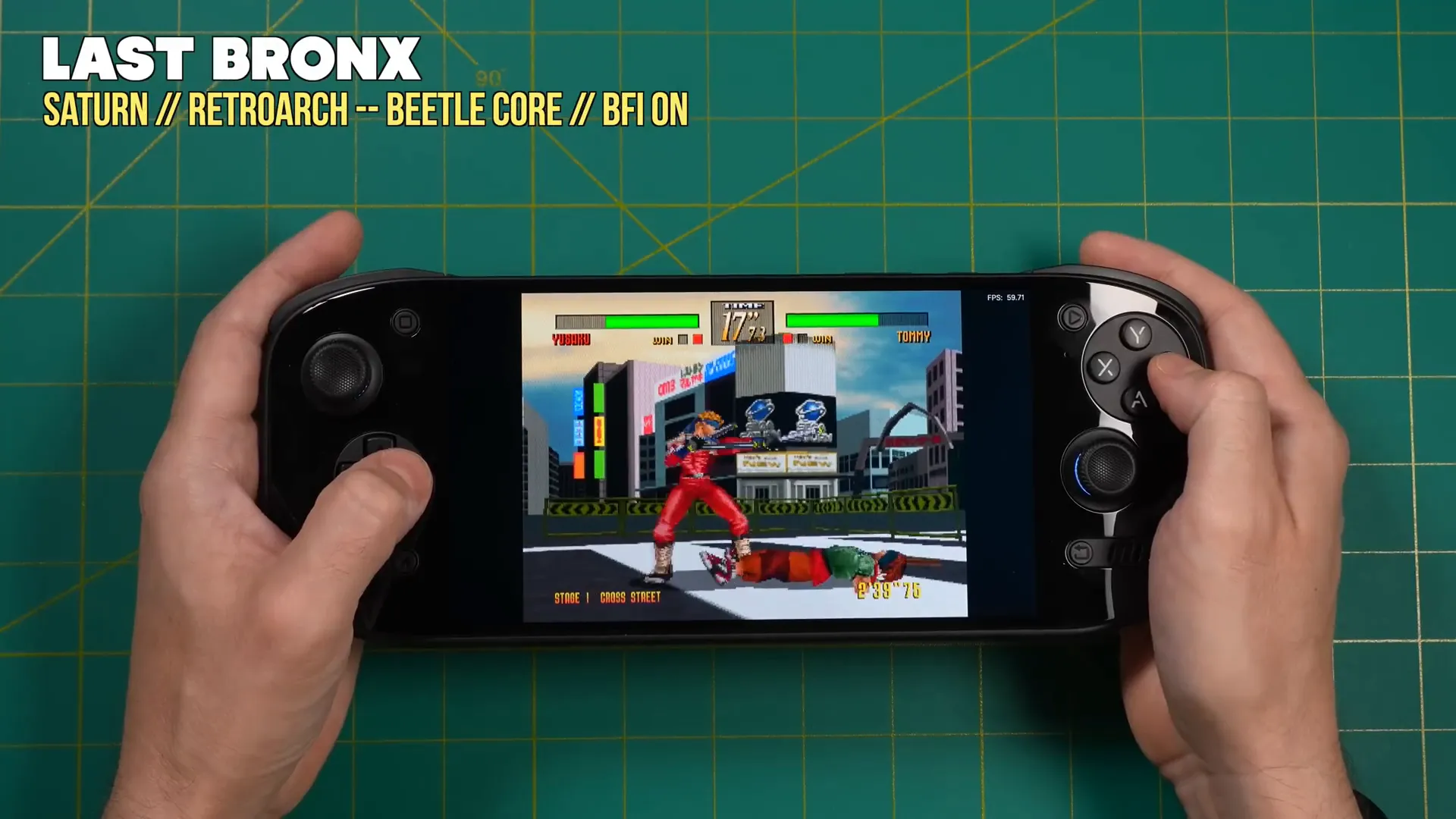
For 3D-based systems, the 1080p resolution screen is a game changer. You can upscale resolutions for systems like the PSP and Nintendo 3DS up to 4X, while GameCube and PS2 games can run at a solid 3X resolution. The limitations you might face are primarily software-related, as the emulator's compatibility plays a significant role.
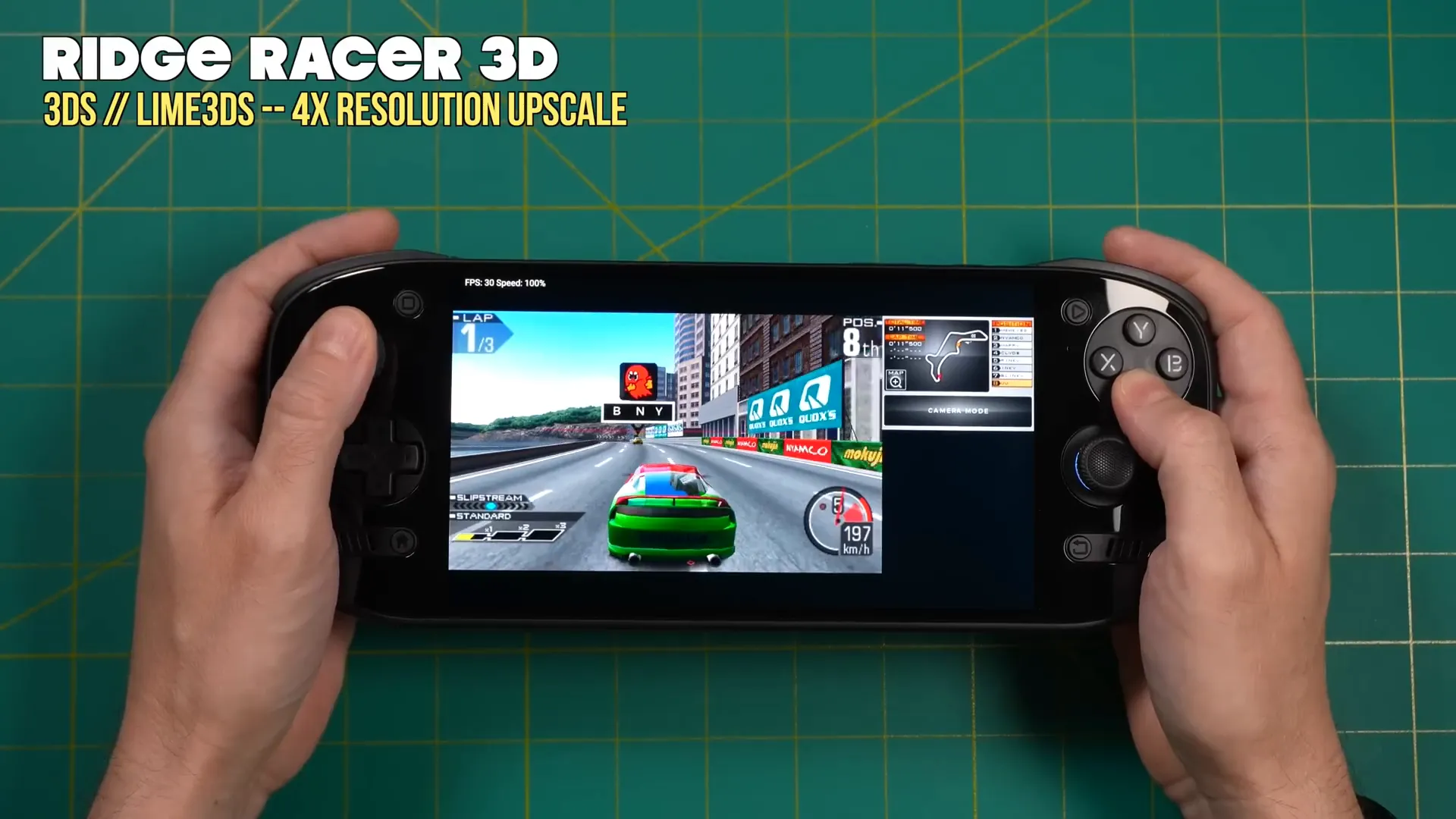
While many lightweight games run smoothly, some heavyweight titles may still present challenges. For instance, the beta release of the SEU emulator allows for Wii U emulation, but performance and compatibility can be hit or miss. It's worth noting that while some games may struggle, the majority will provide a satisfactory experience.
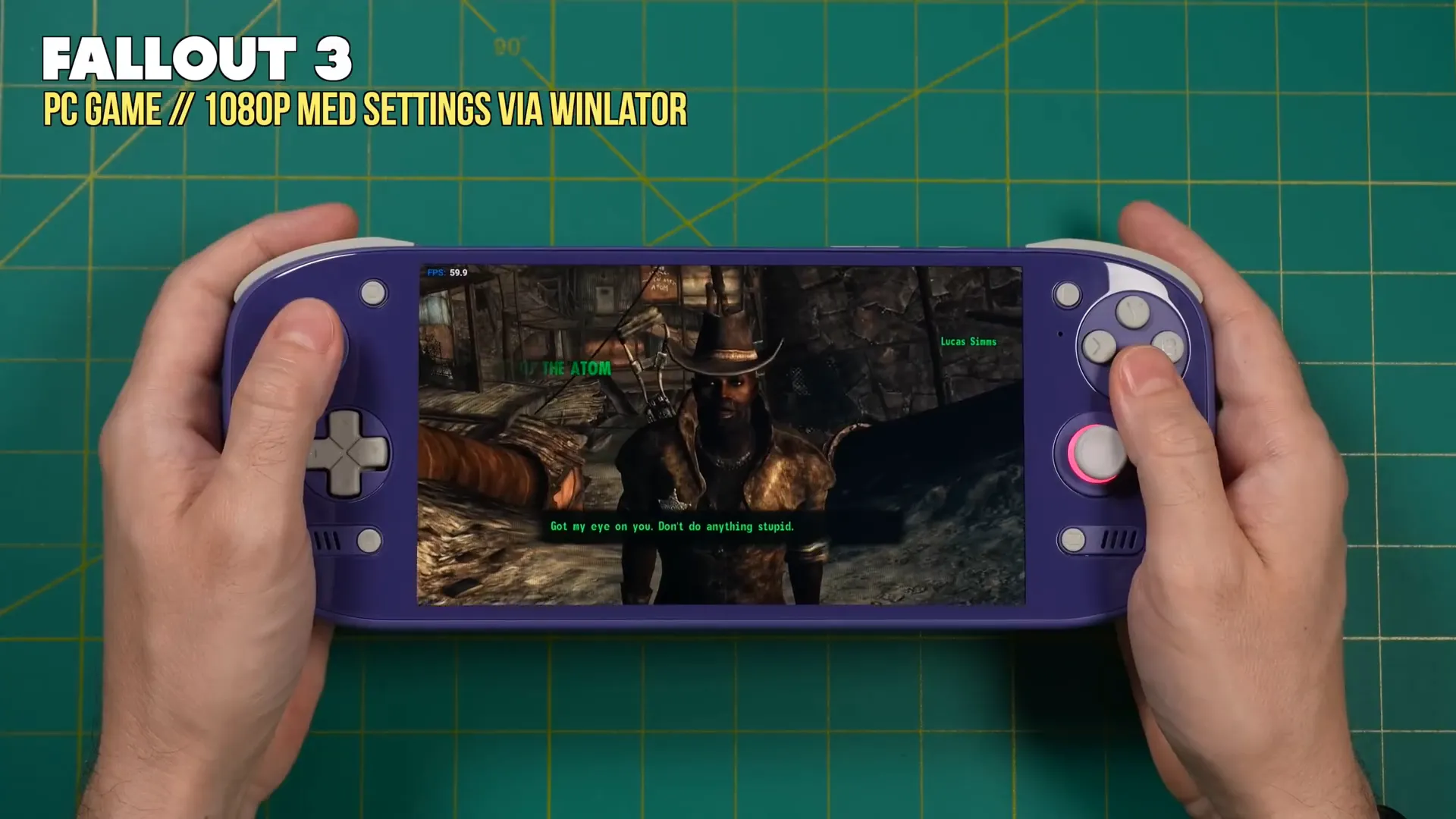
🔋 Battery Life
Battery life is where the Odin 2 Portal truly shines. Depending on the game you're playing, you can expect anywhere from 5 to 16 hours of gameplay. For lightweight games, like those from the Game Boy era, the device can last up to 16 hours, which is simply outstanding.
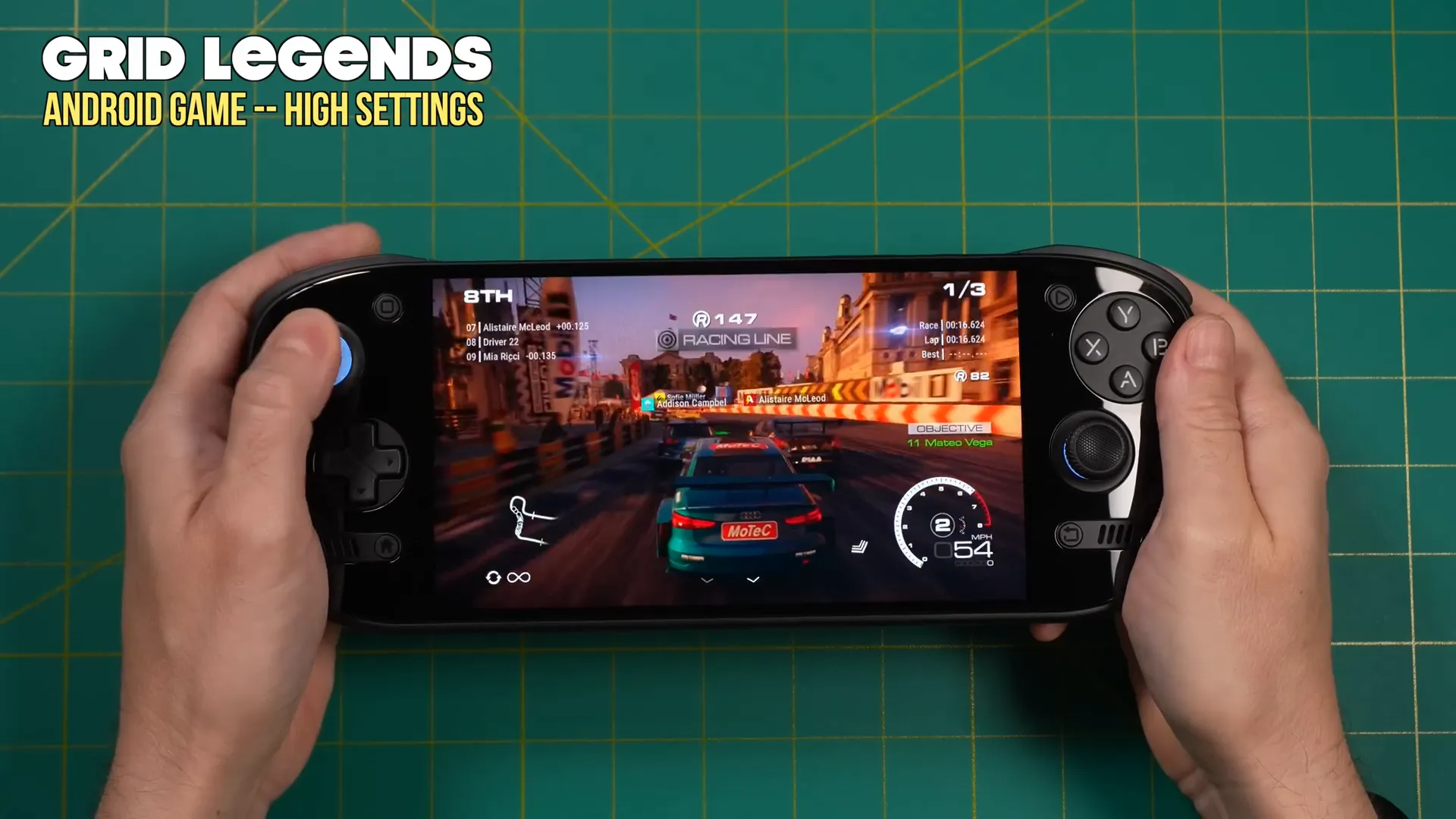
When pushing the device with more demanding titles such as PS2 or GameCube games, anticipate around 5 hours of gameplay. A recent test with Final Fantasy 10 demonstrated that I lost only 8% of battery after an hour of play, suggesting a potential 12.5-hour battery life under similar conditions.
In standby mode, the device performs admirably as well. I was able to put the Odin 2 Portal to sleep for 12 hours, only losing 3% battery. This efficiency makes it an excellent choice for those who want to game on the go without worrying about frequent recharging.
📱 Screen Experience
The screen experience on the Odin 2 Portal is truly remarkable. With a 120Hz refresh rate, navigating through menus feels incredibly smooth, akin to using a modern smartphone. This feature is particularly advantageous for Android games that support higher refresh rates, enhancing both gameplay and responsiveness.
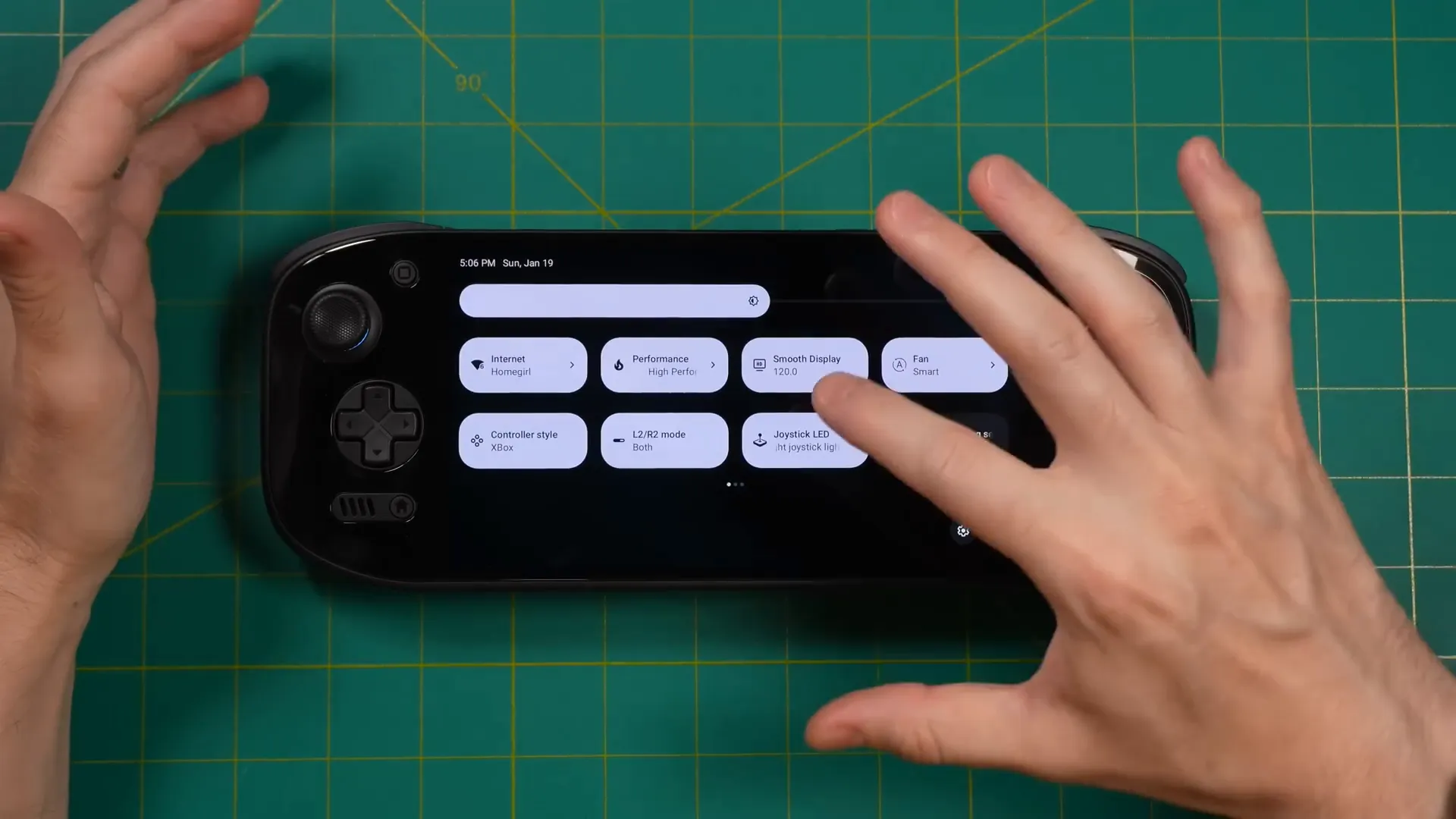
One standout feature is the ability to reduce input latency, which is crucial for competitive gaming. The 120Hz screen also supports black frame insertion (BFI) through RetroArch, offering a unique visual experience that reduces motion blur in older pixel games.

However, using BFI can darken the screen, requiring an increase in brightness, which may affect battery life. Despite this trade-off, the overall display quality, combined with the lack of physical bezels, creates an immersive gaming environment.

📺 Streaming and HDR
When it comes to streaming, the Odin 2 Portal excels, especially with PC game streaming. Utilizing the Apollo app, a fork of Moonlight, creates a virtual desktop environment, allowing for seamless connections without relying on the host PC's capabilities.

This setup enables you to enjoy a 120Hz, 1080p display for streaming, and if your games support HDR, you can enable it as well. While the number of HDR-compatible PC games is limited, it’s a fantastic feature for those looking to enhance their gaming visuals.

For instance, playing Destiny 2 using the Apollo app allows the game to utilize HDR, resulting in vibrant visuals that truly pop. This feature significantly enhances the overall gaming experience, making the Odin 2 Portal a strong contender for streaming enthusiasts.
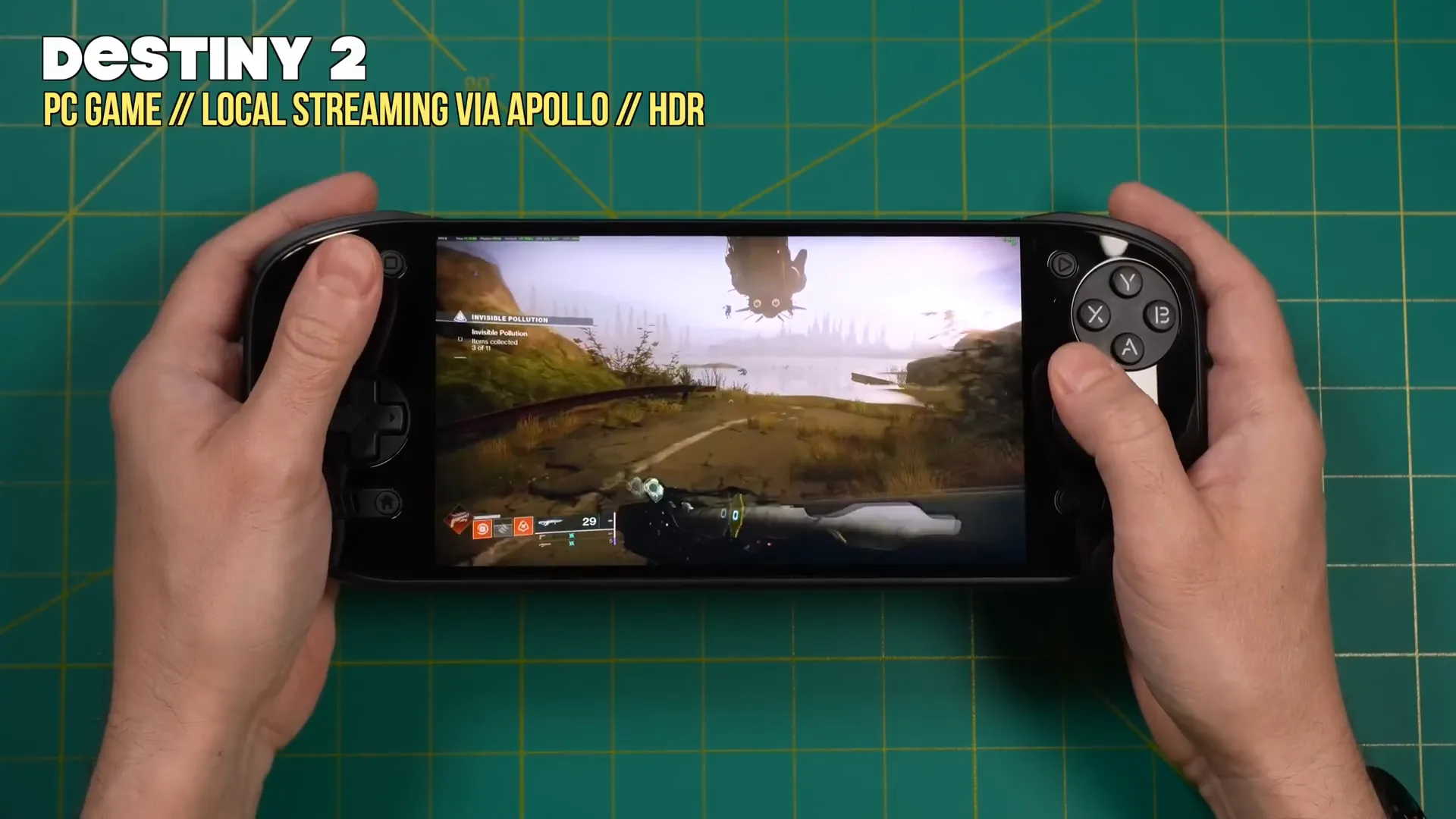
💚 Green Tint?
One aspect that has garnered attention is the subtle green tint that appears when the brightness of the Odin 2 Portal's display is reduced to about 30% or lower. This phenomenon, while not universally experienced, can be noticeable, particularly with gray colors. I had to do a bit of detective work to spot it myself, and once I did, it was hard to unsee.
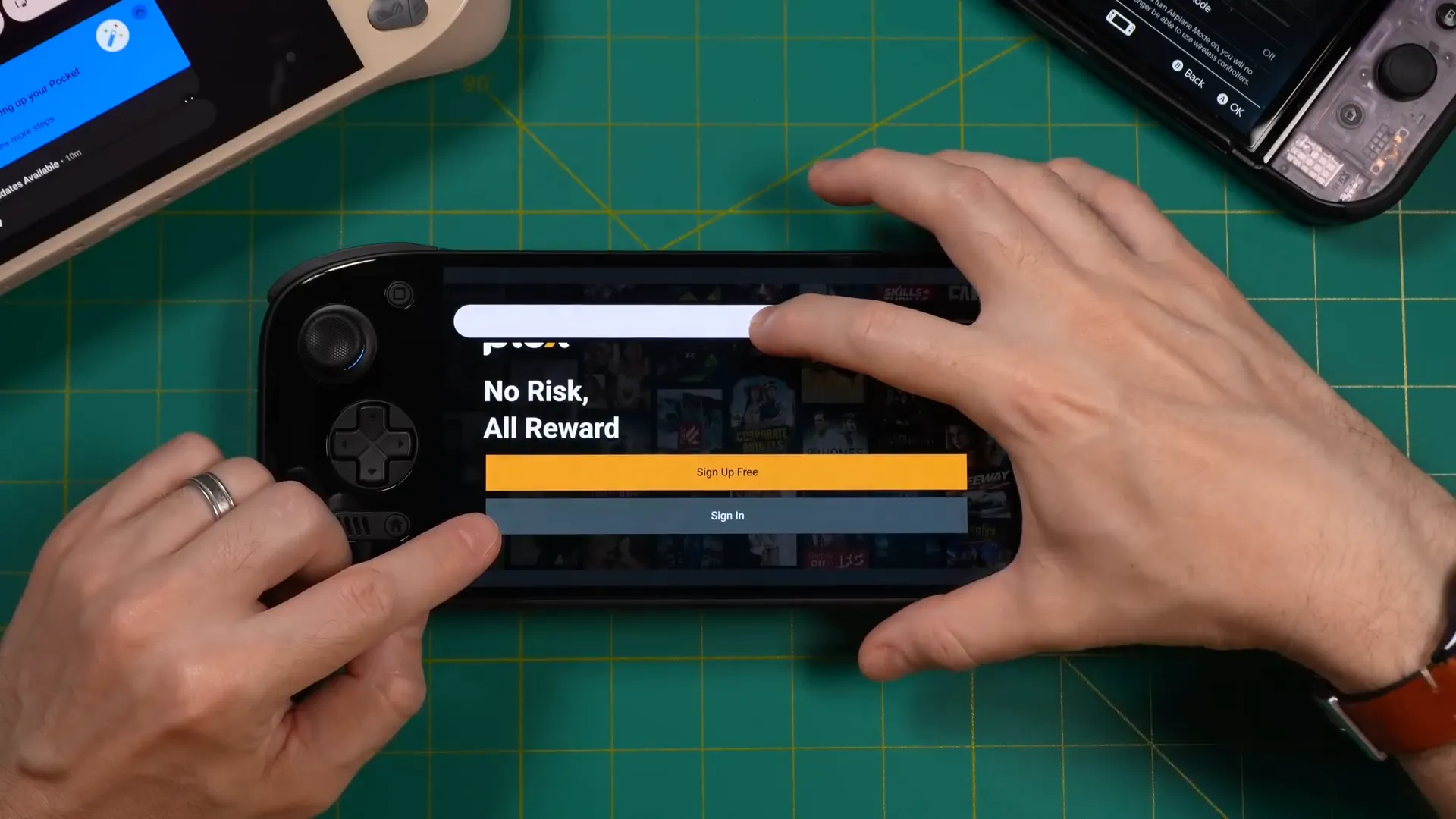
This isn't exclusive to the Odin 2 Portal; it seems to be a quirk of certain OLED displays. I tested it against various models, including the Nintendo Switch OLED, and found similar behavior. However, other devices like the Retroid Pocket 5 and the Steam Deck OLED didn't exhibit this tinting effect.
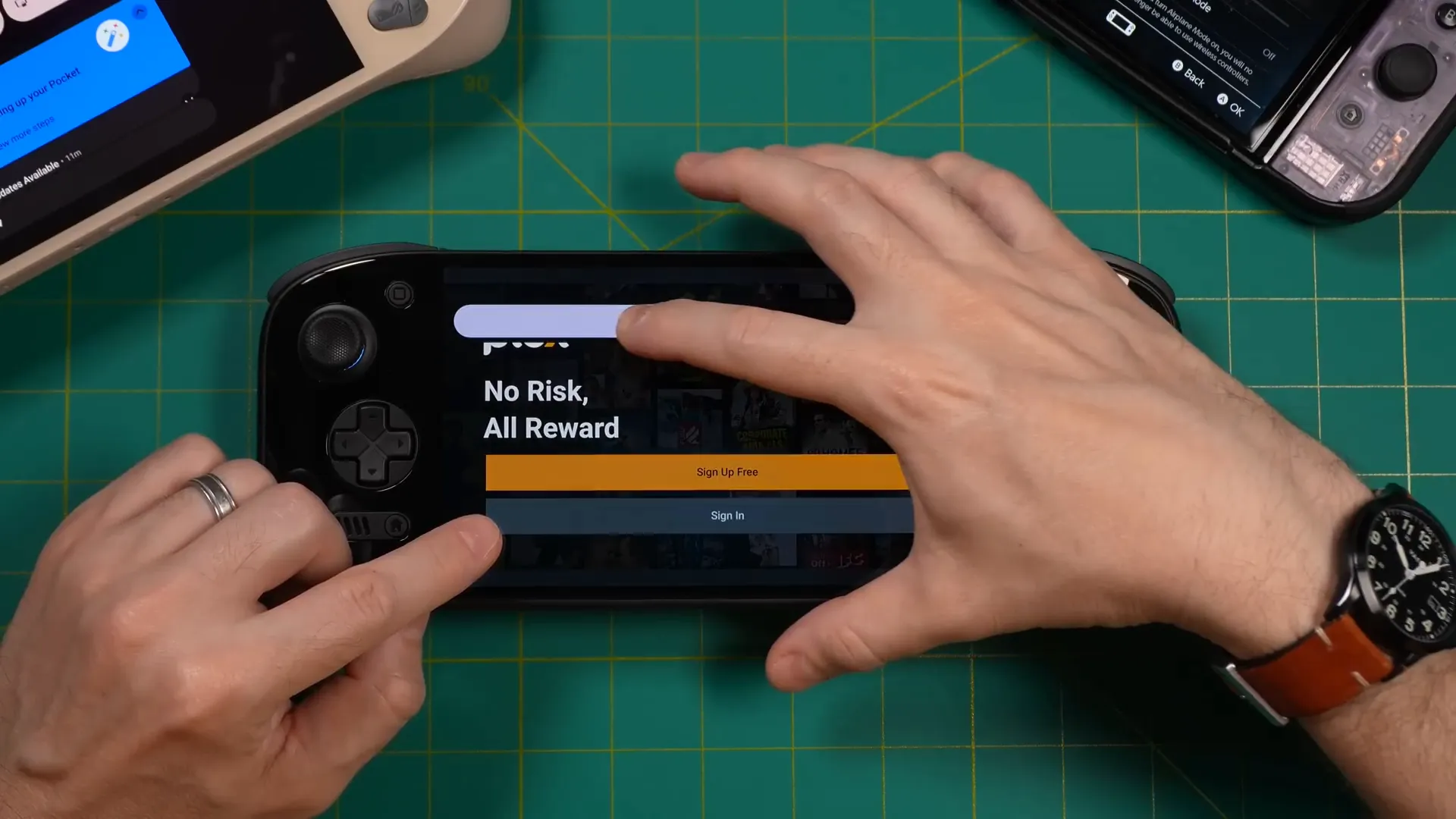
For most users, this green tint may not be a deal breaker. It took some focused effort to identify it during regular gameplay. However, for those who are particular about color accuracy, it might be worth holding off on the purchase until a potential software update addresses this issue.
📝 Summary (Likes and Dislikes)
Now, let’s wrap up with what I love and what could be improved about the Odin 2 Portal. Starting with the positives, the standout feature has to be the screen. It’s a stunning 7-inch OLED display with a 120Hz refresh rate and HDR capability. This combination is something you won’t find in many other handhelds.
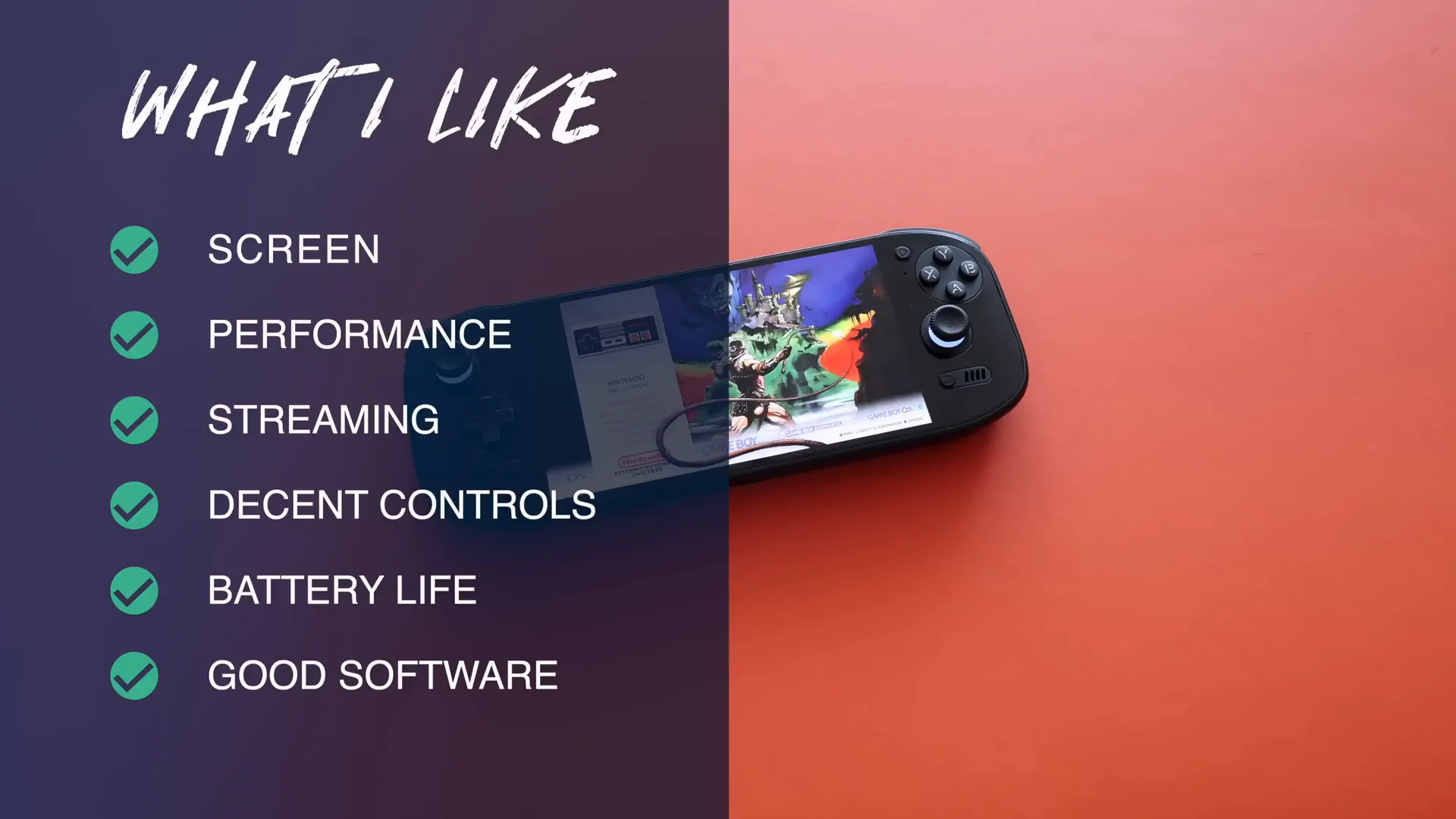
The performance, powered by the Snapdragon 8 Gen 2, is exceptional. Everything runs smoothly, making it an ideal device for both gaming and streaming. The impressive battery life is another highlight; with an 8,000mAh battery, you can enjoy hours of gameplay without worrying about recharging.

However, there are some drawbacks. The ergonomics, particularly during extended play sessions, could be better. Flat grips can become uncomfortable, especially in genres that require precise controls, like first-person shooters. Additionally, the face buttons can be a bit louder than preferred, which might detract from the overall experience.

Finally, the price point is a consideration. Starting at $330 for the base model, it’s a significant investment. This puts it in direct competition with devices like the Steam Deck, which can be a tough comparison for potential buyers.

🔚 Conclusion
In conclusion, the Odin 2 Portal stands out as one of the best Android-based handhelds available today. It combines a stunning display with powerful performance, making it a solid choice for gamers who prioritize both quality and portability. While there are some minor quirks and ergonomics that could be improved, the overall experience is overwhelmingly positive.
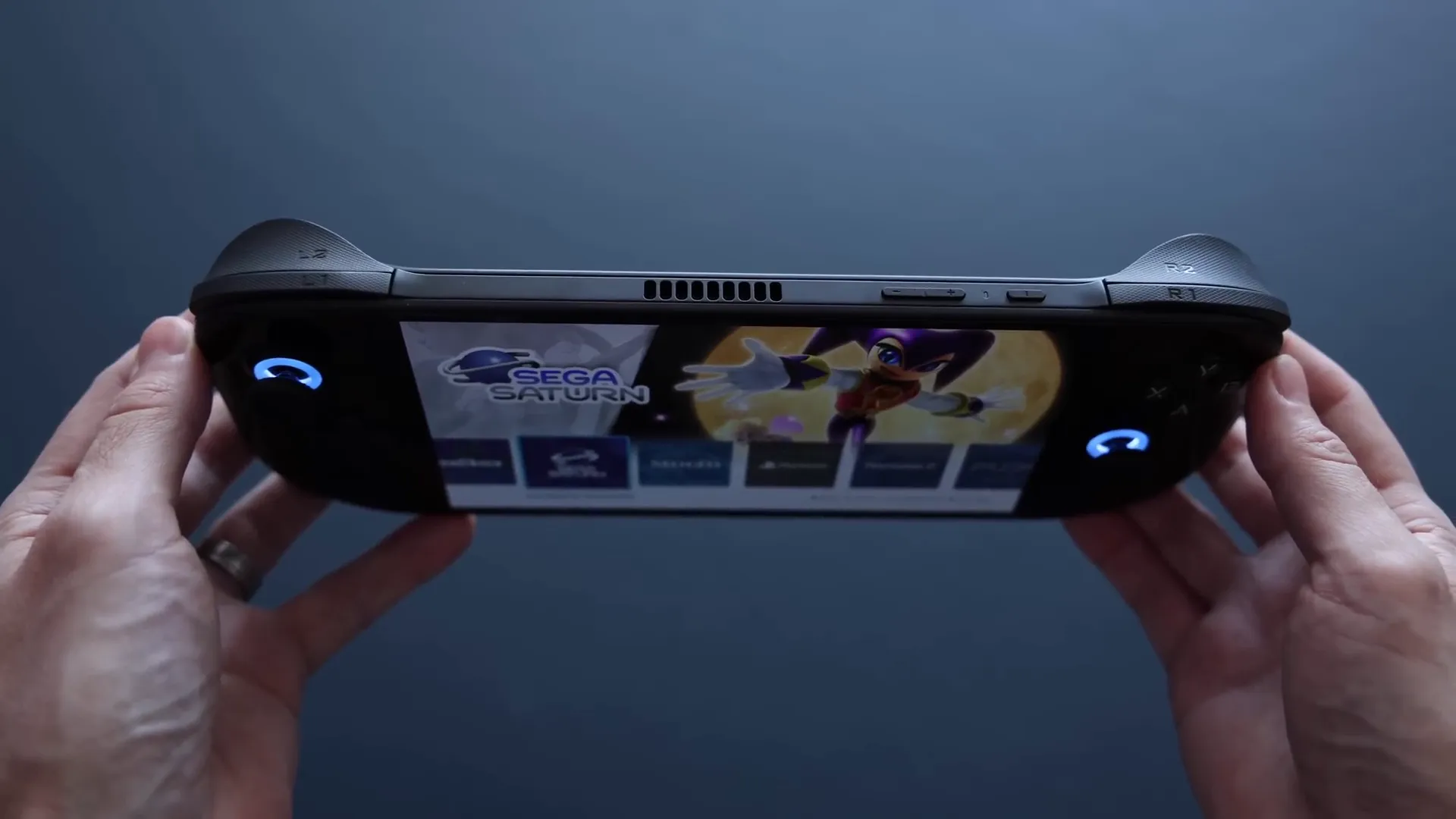
If you're looking for a high-end handheld that excels in Android gaming, emulation, and streaming, the Odin 2 Portal is hard to beat. Just be mindful of its limitations compared to x86 handhelds, as well as the potential green tint at lower brightness settings. Ultimately, it’s about finding the right balance for your gaming needs.
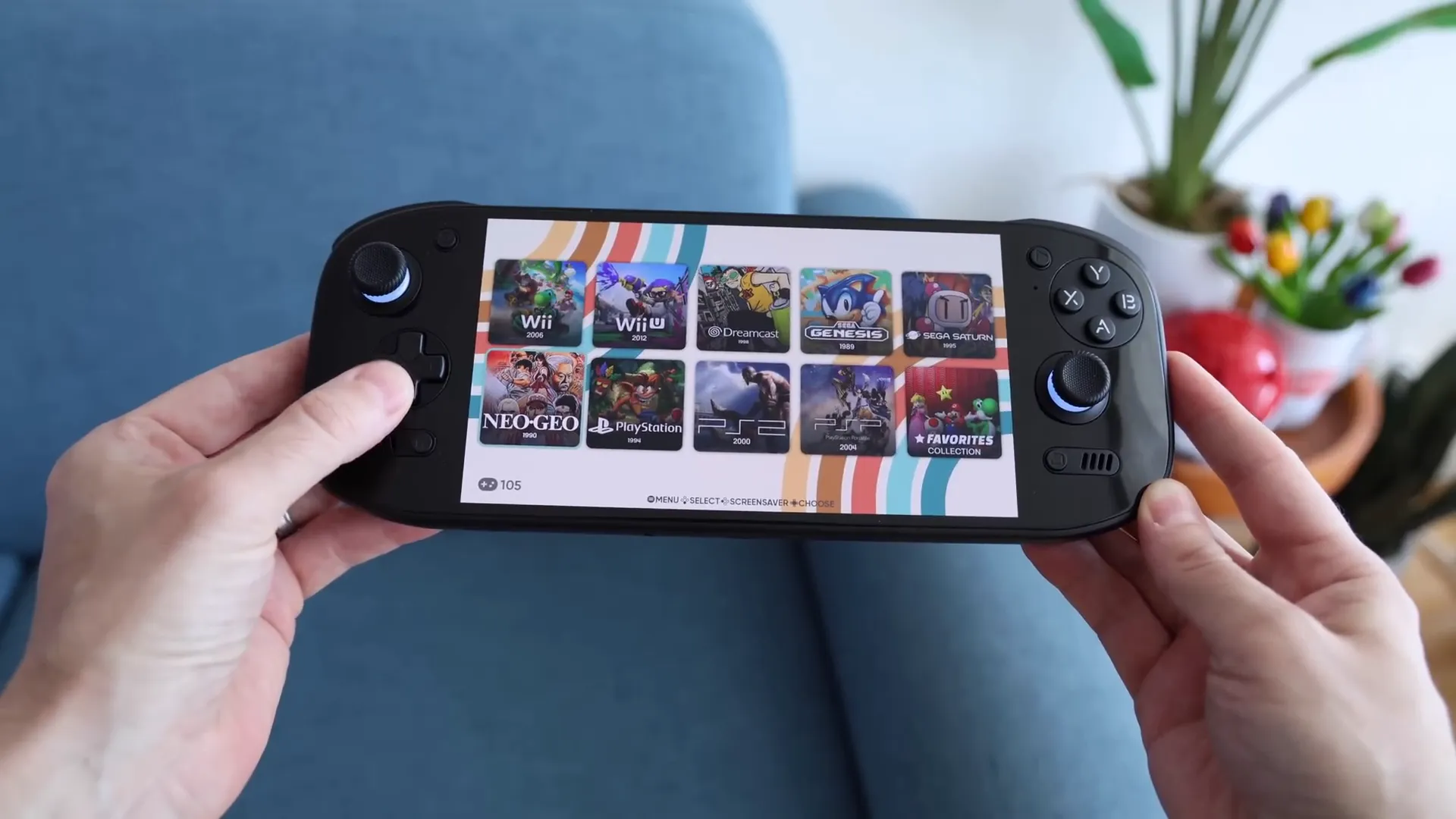




Leave a comment
This site is protected by hCaptcha and the hCaptcha Privacy Policy and Terms of Service apply.